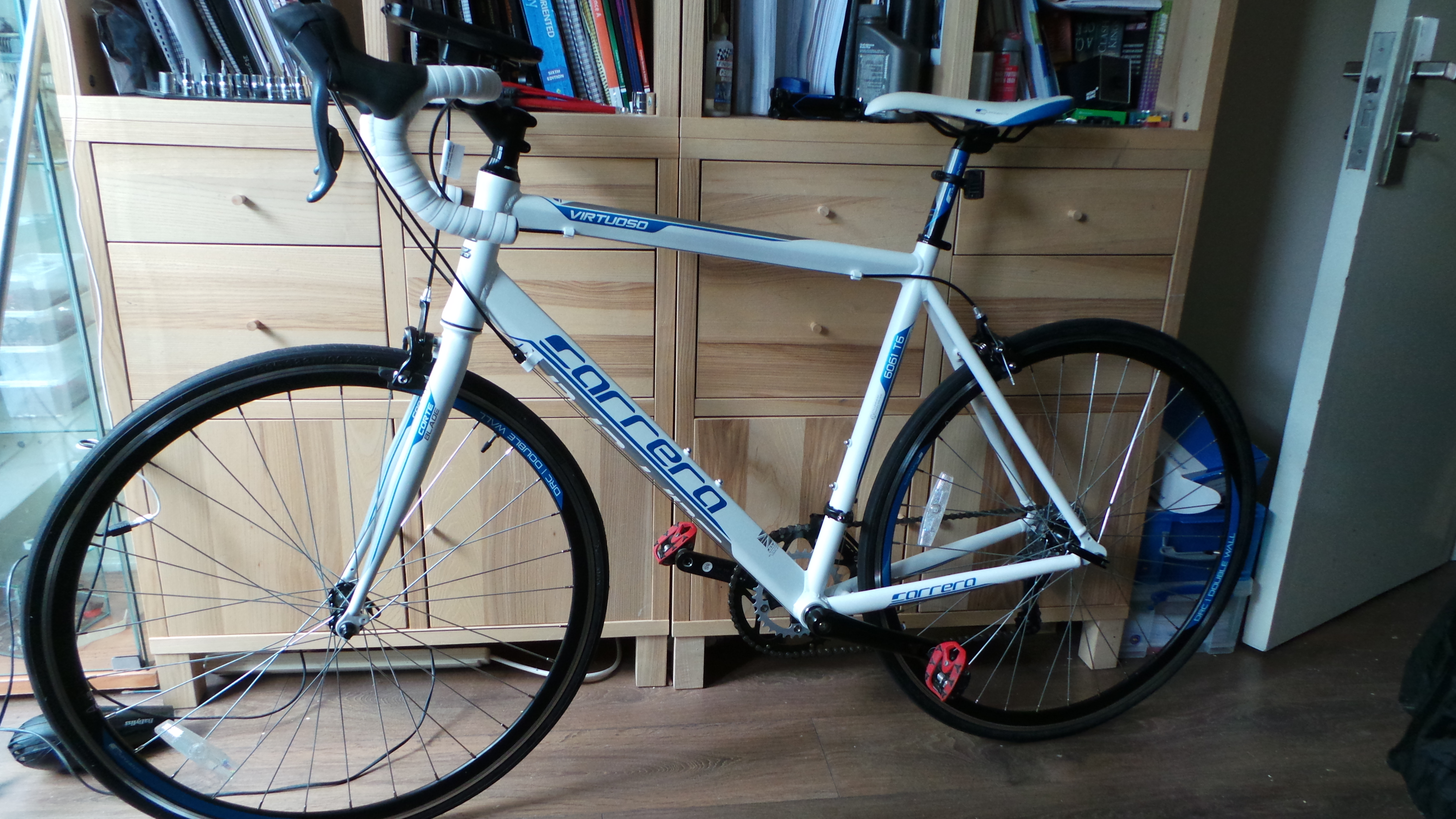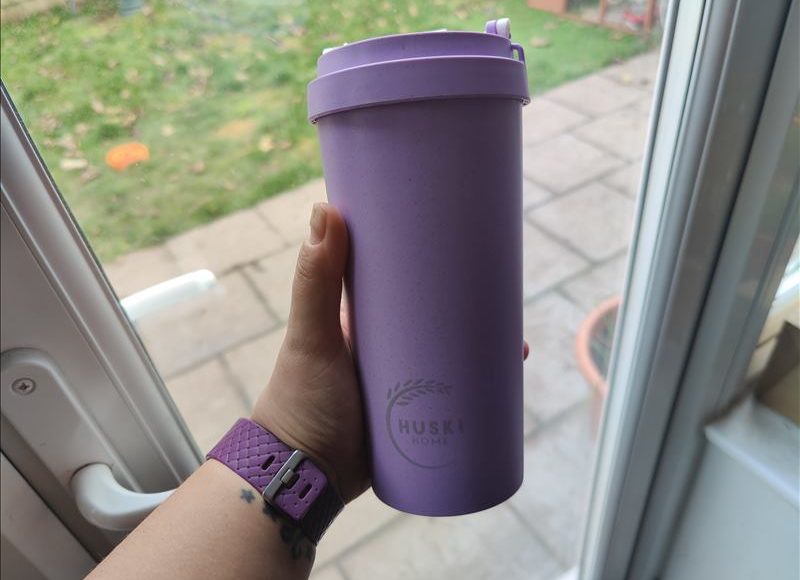Winter Tyre Care – All you need to know

Many drivers, especially if they are quite nervous on the roads already, become even warier in winter. This is especially true for motorists driving in areas like Scotland such as Dundee or for that matter Fife. Not only is there less daylight, but there tends to be more rain, snow, sleet, grit and dirt on the roads too, all of which can make driving an uncomfortable experience, even for confident drivers. Let us take a look at how best to manage driving in cold weather, by looking at winter tyre care.
How Tyres Work
The unknowing tend to think of tyres as being like balloons: sturdy rubber bags filled with air. This is not quite true, especially of modern tyres. Modern tyres are constructed with rubber, belts, radials, steel straps and careful design all blending into a unique and very efficient product that actively helps you to stay safe on the roads.
How Tyres Work in the Cold
In cold weather, the rubber from which your tyres are made tends to suffer from pressure fluctuations – caused by the change of temperature – as well as becoming less flexible as the cold affects its composition making it brittle and rigid. This lack of flexibility, combined with the higher incidents of snow or rain on the road, can mean that your sipes (the grooves in your tyres that comprise the treads) are filled to capacity very quickly. The sipes also fill up with compacted snow, dirt and salty grit, and this can make your wheels much less efficient at gripping onto wet roads, slowing braking response times and increasing the risks of sliding, skidding and aquaplaning.
Should You Use Winter Tyres?
Many people in the UK call winter tyres ‘snow tyres’ which is unfortunate as it leads to the erroneous belief that they are not all that necessary in the UK. After all, regular snowfall in the UK tends to occur on the highest points, and not last very long. Who needs tyres for driving in small areas on one or two days of the year, is the mindset – and if they were truly snow tyres, this would be a reasonable attitude!
However, ‘cold weather tyres’ is a better name for ‘winter tyres’ and they are recommended any time the weather is going to be below 7°C for any length of time during the day. It is the cold, not necessarily snow or sleet that drives the requirement for winter tyres, because winter or cold weather tyres are designed to stay flexible even in colder conditions. They also have broader sipes so your treads do not become overwhelmed, and stay grippy even when driving on mud or snow.
Do note: you can use winter tyres all year round, but they tend to wear out more quickly than regular tyres and the braking times on dry roads are not as good as warm weather tyres.
How to Look After Your Tyres in Winter
Whether you fit winter tyres or not, you should keep your tyres properly inflated, and check the pressure often to make sure you catch any sudden fluctuations. If possible, store your car inside or even underneath a car cover on colder nights to prevent your tyres from becoming too cold.
If you do have two sets of tyres – and don’t worry about it being too expensive to have winter and summer tyres: each set will last twice as long since they are being subject to half the wear – make sure you store your tyres properly. Ideal conditions will see your tyres standing next to one another, raised a little off the ground, and kept inflated within the recommended range.
If you have not yet tried winter tyres, do be aware that you should invest in a full set of four. Winter and summer tyres don’t mix well and should not be used together. If you would like to take the plunge and get your first set of winter tyres, you can now book winter tyres from Fife Autocentre – as our regular customers are already aware!
Finally, if you are a fair-weather driver who tends to leave their car more or less undriven during the colder times, keep an eye on your car: turn the engine over every now and then, take short drives when it is safe to do so, and keep the car as warm as you can to prevent excessively cold temperatures taking a toll on it.





